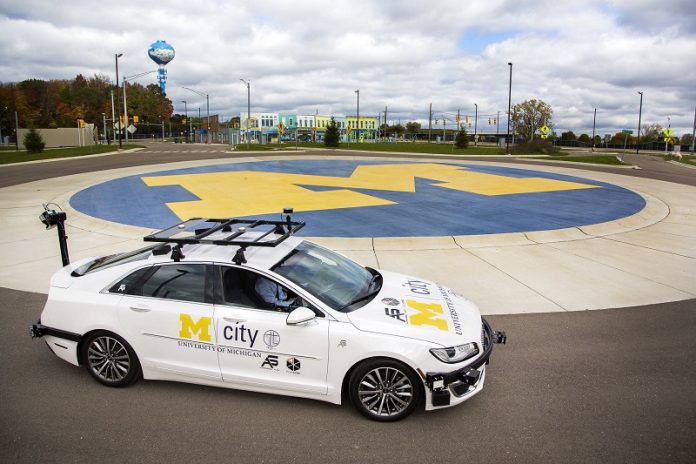
As self-driving cars become more advanced, they rely on networks that allow them to communicate with each other and with infrastructure, a system known as vehicle-to-everything (V2X).
This technology helps autonomous vehicles “see” more of their surroundings by sharing data with other vehicles.
However, a new study led by the University of Michigan has revealed that this networked communication comes with significant security risks.
The research, presented at the 33rd USENIX Security Symposium in Philadelphia and published on the arXiv preprint server, highlights how these V2X systems could be vulnerable to data fabrication attacks.
In such attacks, hackers could insert fake objects into the data stream or remove real objects, potentially causing the vehicle to brake suddenly or even crash.
“While V2X technology offers incredible potential by allowing vehicles to share their perception data and improve safety, it also opens up new opportunities for hackers,” said Z. Morley Mao, a professor of computer science and engineering at the University of Michigan and senior author of the study.
To understand the vulnerabilities, the researchers tested attacks in both virtual simulations and real-world scenarios at the University of Michigan’s Mcity Test Facility.
They focused on how hackers could tamper with the vehicle’s LiDAR sensors, which create 3D images of the surroundings.
Using a method called zero-delay attack scheduling, hackers could insert malicious data into the system without any lag, making the attacks highly effective. In virtual tests, these attacks had a success rate of 86%, while real-world tests led to collisions and hard braking.
The researchers didn’t just identify the problem—they also proposed a solution. They developed a countermeasure system called Collaborative Anomaly Detection. This system uses shared 2D maps of the environment to cross-check the data coming from different vehicles, helping to detect and block suspicious or abnormal data.
The system was highly effective, with a detection rate of 91.5% and a false positive rate of just 3% in simulated environments. It also reduced the risk of accidents in real-world tests.
These findings are crucial for improving the safety and security of connected and autonomous vehicles. They also have broader applications, such as in smart cities, logistics, and defense systems.
“By providing comprehensive benchmark datasets and open-sourcing our methodology, our study sets a new standard for research in this area, encouraging further development and innovation in autonomous vehicle safety and security,” said Mao.
As self-driving technology continues to evolve, ensuring its security will be key to protecting passengers and other road users.



